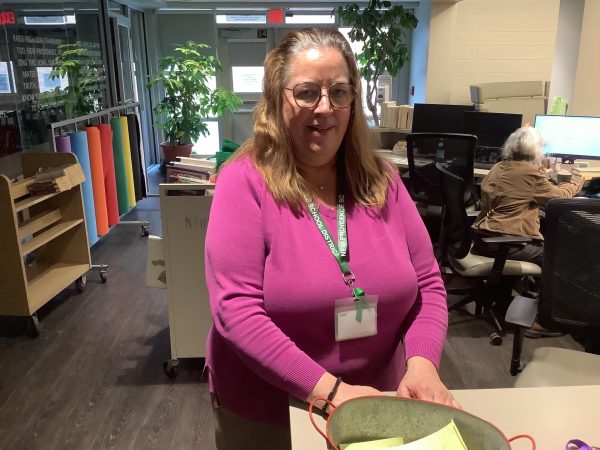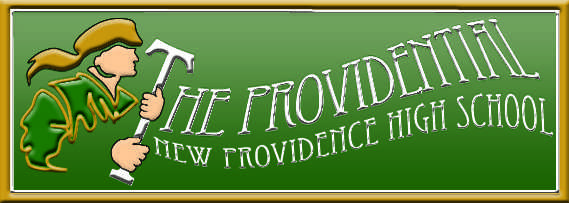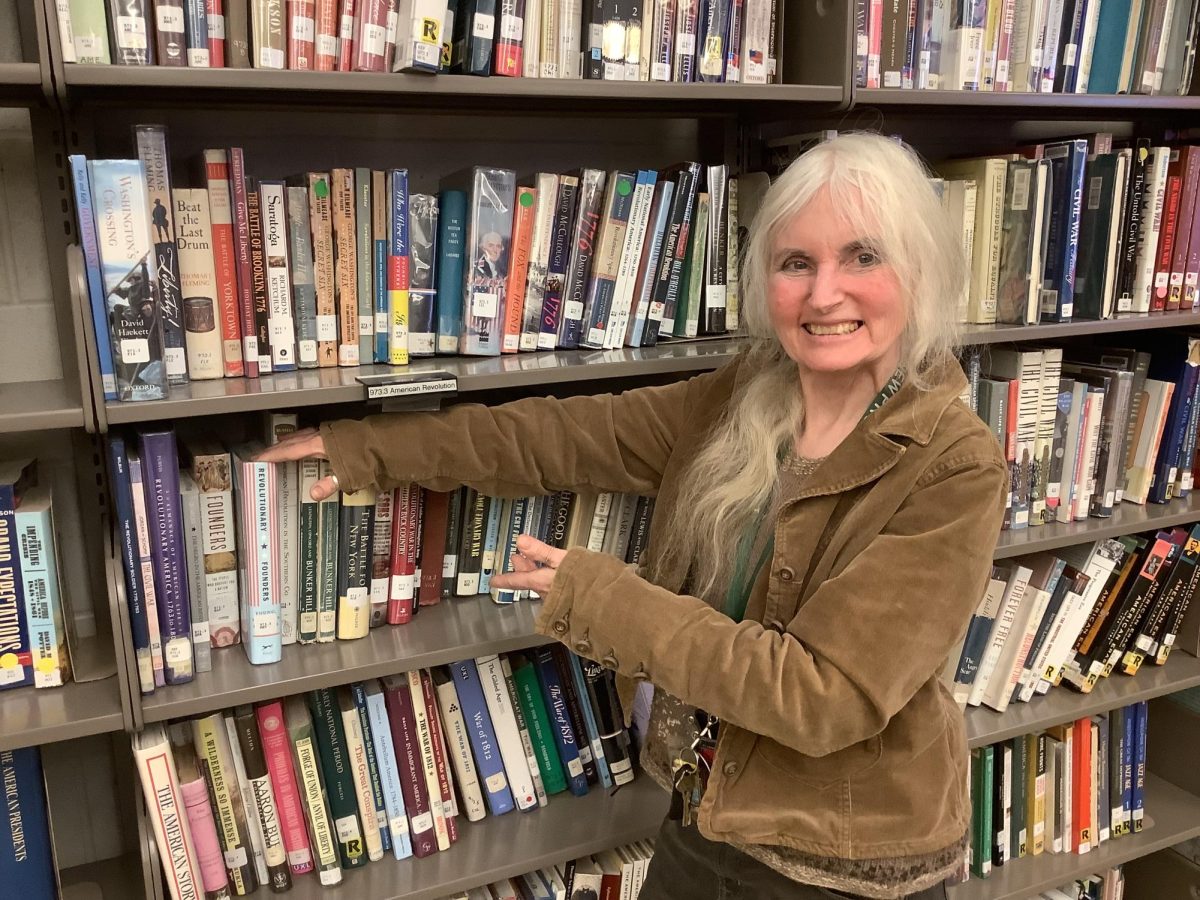Many students know the process of borrowing books, fixing devices, and spending time in NPHS’s media center, but few actually know what goes on behind the scenes to get any of these tasks complete, or making it possible.
Librarian Paula McGraw said when a student decides to check out a book they, “take a library card and have them sign it so that we have proof and a signature that they took out the book, and then we scan it in our scanner so that we actually have it in our book catalog as well.”
Another common function and event of the media center is including class events, where (commonly social studies and language arts) classes will go on a group trip to the media center to pick books for the class. McGraw said that when a class is to meet in the media center for this purpose, “That’s usually the language arts teacher or the social studies teachers who are looking for specific kinds of books and they send us, usually, language arts teachers will determine what genres they want us to present. So for example, most recently, we were looking at memoirs.”
Such event planning and execution might induce some stress on the librarians. When asked if the organization and management of the media center is ever stressful, McGraw said, “I think the only thing that makes it stressful is we have to really curate our collection, and we have so many nice choices, that I don’t want to wind up with a bookshelf a mile long, but there’s so many good choices that the hard or stressful part is determining what to cut.”
Going back to cards and record keeping of books, McGraw said that missing books are kept track of through, “the cards that we had people sign. Those cards show that the book is out.“ she said, “oftentimes, I’ve had many students say they didn’t check a book out, and of course, it was quite a number of months ago, and they probably don’t remember,” but as the card signatures and the subsequent record-keeping will reveal, the book was in fact borrowed.
McGraw also spoke on the computer system used to manage the catalog of the media center, saying they use, “one system called ‘Opals.’ It’s a very nice, streamlined system.”

Fellow librarian Amy Nagle, was also asked on how a situation might arise where a book would be taken off the shelves, and how that would be decided. She pointed out that, “if you have a classic book like Doom, you’re probably not going to get rid of it, but if you have a book about COVID, that’s old, you might get rid of it. So those cards are actually helpful because we can see how much it’s checked out. Plus, you can scan a book in the catalog and it’ll tell you how much it got checked out, a process called ‘weeding.’”
Of course the decision to take books off shelves based on its performance must be tough for the librarians to make. But it is not their only duty, they also help in tech services for devices belonging to the school. McGraw said, “what we’re doing, when we’re working with the iPads and when we’re troubleshooting, I would say usually we’re the first point of contact for a student that’s having issues with their iPads. Maybe the keyboard isn’t working, maybe they can’t get into the NPSD system. If it’s something we can’t solve, Mrs. Jakubowski often jumps in, and she’s excellent.”
These duties of librarians are often overlooked by students and staff alike, who use the media center on a daily basis. The fact that they wear so many different hats make their service an important part of the school, serving a busy library. The total checkouts of the school year so far was a whopping 2,347 books.
According to McGraw said, “the best part of being a librarian is the students. As I often tell many people, sometimes at parties people ask, ‘how many children do you have?’ And I say, oh, over 500.”

